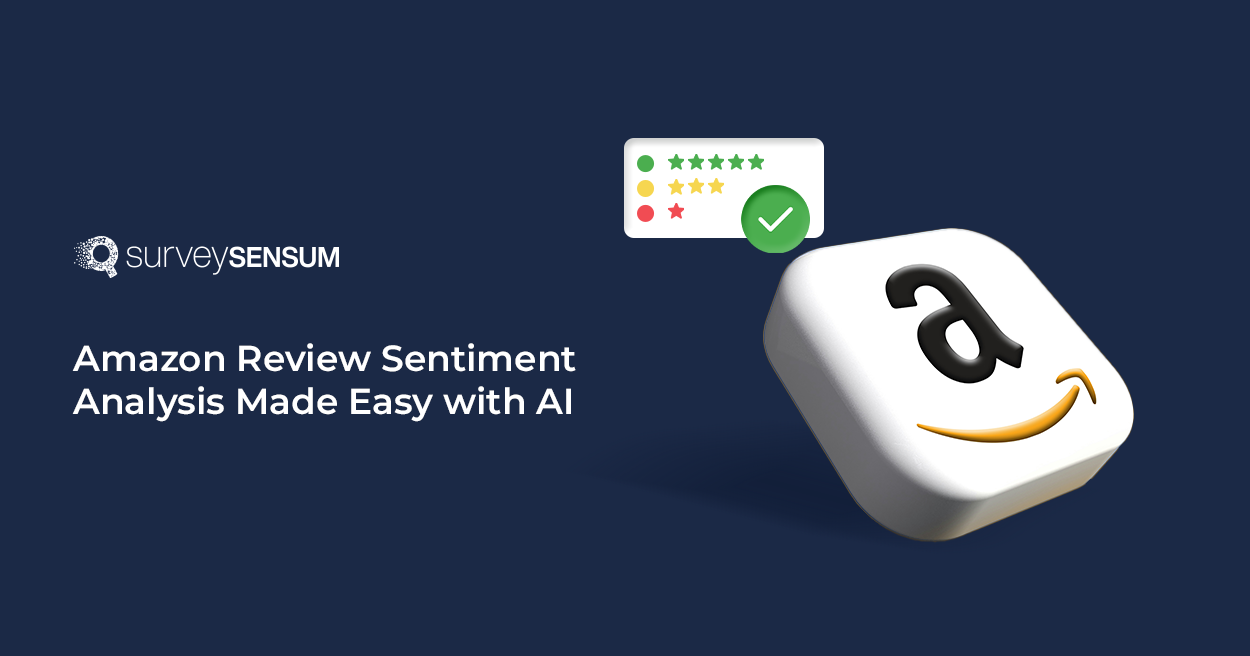

Businesses have yet to be known to thrive out of sheer luck. We might see a business and think ‘That is got to be luck’ but no, the grass is greener on the outside. Multiple metrics are considered that help shape the success of businesses.
For example, these are some of the key metrics: businesses keep track of the visitors to their website and their interactions on the page – how many bounced off the page, at what point of the page they left, and from what keywords they get converted from visitors into buyers.
They allow a business to form insights and help them effectively redesign their strategy and eCommerce website audit for more growth and revenue, which, frankly, is the core goal of every business.
That said, come along as we walk you through some crucial adjustments relating to (key performance indicators) KPIs and business metrics that are imperative in helping your online business boom in a competitive market.
8 Online Business Metrics to Monitor
Having an eagle-eye view of what transpires on your website is crucial for understanding how to improve its quality of life. Building an online marketplace can further refine this perspective, offering structured insights into consumer behavior and enhancing strategic decision-making. We’re going to be touching upon mostly quantitative data because numbers play an important role in digesting factors such as traffic, purchases, and general activity, as well as improving conversion rate.
Let’s go ahead and look at the top 8 Online Business metrics that would prove pivotal in increasing your business’s longevity:
1. Website Traffic

This relates to the number of visitors your website receives in a set timeframe. Think of it as a rough indicator of your site’s popularity. Correctly deciphering your website’s traffic can help reveal the general direction your business might be heading in. Using this, you can then execute the appropriate marketing strategies to maximize revenue.
Hot Tip: Consider using Google Analytics to keep track of traffic trends and monitor important Google Analytics KPIs.
2. Sales Conversion Rate

Having a ton of visitors on your website is good and all but, it doesn’t amount to anything if said visits are not funneling into purchases. Typically, the percentage of people who add items to their cart will always be higher than those who go ahead and buy them. To improve conversion rates, consider strategies like reminding customers of their abandoned carts or offering incentives to use the restore purchase feature, encouraging them to complete the transaction.
Therefore, it’s imperative to have a system in place to keep an eye on conversions. If you’re a math whiz and want to do a quick calculation with preliminary numbers, check out this handy formula:
Using this formula helps provide an accurate percentage of the sales made. But if you’re not in the mood to do all this manually some sites offer to do it for you instead.
3. Average Order Value (AOV)

The average spending a customer partakes on your website amounts to the Average Order Value (AOV) of your online store. This metric should be monitored regularly because it keeps shifting constantly per customer behavior.
An e-commerce website’s AOV helps it gauge how successful it is in promoting itself through marketing campaigns, product pricing, etc. Its calculation is possible through the following:
In addition, you can increase your AOV by following these simple steps:
- Setting a minimum purchase amount for “free shipping” and other bonuses like gifts, discounts, etc.
- Running upselling or cross-selling campaigns
- Implementing loyalty programs
- Bundling products or creating packages
- Adding add-ons like gift-wrapping for an extra $1 or name-carving for $3
4. Customer Acquisition Cost (CAC)

Roping in customers to your website is a whole journey in itself. The entire cost incurred for getting people interested enough to finally end up making a purchase is defined as the customer acquisition cost (CAC).
Setting up billboards, promoting online, sales, and any other expenses needed to make your business shine in a visible light are all packaged into CAC. This is where customer lifetime value (LTV) comes into play.
Calculate Your Customer Lifetime Value Now
Maintaining a feasible and beneficial LTV to CAC ratio is in a company’s best interest, and if either of these values is allowed to drift too far apart from the other, it could result in grave financial losses.
Ideally, the LTV: CAC ratio should be 3:1 for nominal revenue generation. An inversely proportional relationship where the CAC keeps going down and LTV keeps going up is fantastic news for any business looking to enhance its revenue. You can calculate the customer acquisition cost using the recorded business revenue data and number of orders in the following way:
5. Customer Lifetime Value (LTV)

We touched briefly upon the importance of this value in our aforementioned metric but let’s go ahead and break it down further. LTV refers to how much monetary gain your company is set to have from a singular customer over a set period. This is usually in consideration of the number of orders they make.
If your business enjoys multiple visits from the same customer, who is also making purchases, then your website’s customer LTV will be significantly high. This, in turn, leads to higher brand loyalty, better product-market integration, and recurring income. You can calculate Customer lifetime value in the following way:
Here are some tips to maximize Customer Lifetime Value:
- Reward system for referrals
- Offer loyalty programs for customers
- Using upselling and cross-selling
- Robust 24/7 customer service
Additional Important Metrics
Now that we’ve gone over the foundational aspects of monitoring an online business, let’s go over some supplemental metrics that can straighten out a bunch of kinks in their own, statistical way.
6. Shopping Cart Abandonment Rate

This pointer is pretty self-explanatory. The rate at which potential customers tend to toss out items before clicking the checkout option is called the shopping cart abandonment rate. According to Statista, in 2023 alone, the rate of shopping carts being abandoned reached an alarming 70%, the first since 2013.
Calculating the abandonment rate is pivotal to understanding why customers don’t go through with the purchase or any existing underlying problems. Here’s how you can estimate the shopping car abandonment rate:
7. Return on Investment (ROI)

As in any business venture, you’re bound to make investments. Some may work in your favor while some may not.Return on Investment ROI calculations can help investors deduce whether they should clench an investment opportunity or let it slide. Similarly, business brokers provide expert guidance on assessing investment returns when selling a business, ensuring you secure the best possible deal.
ROI values can show up as positive and negative and can shine a light on whether an investment has proven fruitful or not. Here’s how to work it out:
ROI = Net Income / Cost of Investment
or
ROI = Investment Gain / Investment Base
Note: ROI numbers disregard time as a factor. Make sure that time and circumstance are the same for both subjects when comparisons are being made.
8. Social Media Engagement

As with any website that is dependent on traffic, social media serves as a powerful magnet to help attract relevant traffic. Social Media platforms such as Facebook, Snapchat, and Instagram are a viable source of expediting reach and engaging with customers on a personalized level. ( e.g. Snapchat planets ) Investing in social media tools would make your work easier and smoother. So, invest smartly in targeted advertisements and watch your revenue swell up!
Tip: Showcasing your brand on these platforms helps tremendously with sales so don’t take this one lightly. Make sure you seamlessly (without any internet hiccups) present your business to your prospects through the best internet providers and rather than fussing about outages, focus on what really matters – business growth.
Final Words
We won’t chew off your ears (or eyes, for that matter) much longer. Just remember that you don’t have to be hyper-sensitive about each aforementioned metric or how well your site is doing about it. Having a general plan for monitoring your online business is all you need to be concerned about.
The more of these metrics you get accustomed to, the more you’ll find yourself easing into a nuanced e-commerce website. If you think we missed out on a spot, feel free to let us know all about it in the comments below!















